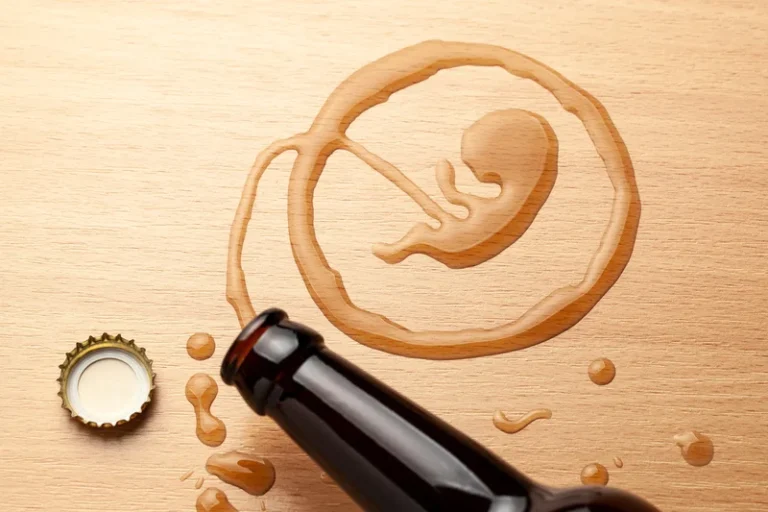
One should be very careful not to confuse Reverse Tolerance with the Healthy Tolerance Reversal which occurs when a heavy drinker does a period of abstinence from alcohol or a period of moderate drinking. Whether liver disease develops from alcoholic or non-alcoholic causes, it is important to be aware of the early signs and symptoms. Early detection is the best chance of stopping the damage before the organ stops functioning completely. With the cessation of alcohol use, drinkers can usually reverse liver disease in this stage. If drinking continues, damage to the liver will not subside and will result in irreversible disease.
Pharmacology of Rapid Tolerance: Within-System Neuroadaptations

Thus, PD-1 treatment could invigorate effector T cell populations without reversing the functional state of previously tolerized populations. Physical dependence refers to a general physiological adaptation to chronic drug exposure, usually manifested during withdrawal from the drug (see Henningfield, Schuh, & Jarvik, 1995). The chronic withdrawal or abstinence syndrome involves physiological, subjective, and cognitive symptoms. For example, sedative/hypnotics, like alcohol, BZDs, and morphine, generally produce an excitable withdrawal profile. On the other hand, stimulants like cocaine or amphetamine generally produce depressive or lethargic withdrawal symptoms. These data suggest an opponent-process, rebound pattern of withdrawal symptoms.
Alcohol Tolerance Dangers

IGRP specific CD8+ T cells could mediate target cell lysis and developed a memory phenotype with age [57,61]. Insulin specific CD4+ T cells from NOD mice were able to produce IFNγ upon stimulation [58]. Despite this, the majority of these insulin specific CD4+ T cells in the PcLN exhibited how to build alcohol tolerance an anergic FR4+CD73+ phenotype [58]. Strikingly, when low numbers of chromogranin A-specific BDC2.5 cells were transferred into NOD mice it was found that 70% of the cells acquired an anergic FR4+CD73+ phenotype while the remaining 30% of cells developed an effector phenotype [34].

Insurance May Cover The Cost of Alcohol Addiction Treatment
Our holistic approach supports your physical, mental, and spiritual health through a range of evidence-based treatment modalities. I truly believe that this is a life changing experience here at Silver Ridge, the best place I know to start your recovery. I am also very grateful for the accommodations, I am very thankful for Silver Ridge.
- I am also very grateful for the accommodations, I am very thankful for Silver Ridge.
- This phenomenon, referred to as cross-tolerance, typically occurs among drugs within a similar class.
- Usual weekly alcohol consumption (at home, before going to Fiji) was recorded, as well as information on how many day subjects were abroad from their home country, and how long they had been in Fiji.
- This modulation can lead to an altered response to subsequent doses of the drug, potentially contributing to the development of reverse tolerance.
The affinity of B12-20 peptide for the I-Ag7 molecule was weaker and less stable than B13-21, but an increased concentration of insulin derived peptide fragments in the vicinity of the islets may be sufficiently high to activate these T cells in vivo. In addition to altered presentation of native insulin epitopes, post-translational modification of insulin-derived determinants within the islet beta cells can lead to the generation of ‘neoantigens’ to which thymic selection has not occurred [45,46]. While thymic tolerance greatly reduces the frequency of circulating, potentially autoreactive T cells, this tolerance mechanism is incomplete and additional mechanisms are required to prevent autoimmune disease. Following exit from the thymus, self-antigen specific T cell clones first encounter cognate antigen presented by dendritic cells in lymph nodes draining the site of antigen expression [1].

At Casa Palmera, our goal is to aid you in a comprehensive spiritual, physical, and emotional recovery. We offer treatment for chemical dependencies such as cocaine addiction, drug addiction and alcoholism. It is extremely important to us that you receive the highest quality medical care from our qualified staff during your stay. But even with https://ecosoberhouse.com/ good health and near-total sobriety for years, this “acquired alcohol intolerance” never changed. I still feel like shit after just 2 drinks, and there’s usually little buzz, mostly just I feel tired, shitty, long-ass hangover. Just, every 3 months, I like to scratch the itch, to remember those glorious effects even if but for a moment.
Your addiction does not have to define who you are.
- Nevertheless, the use of drugs that extend half-life occupation of the D2-like receptor is advised in the treatment of Parkinson’s disease.
- Children of alcoholics have a high risk of developing tolerance because of exposure to alcohol from a young age.
- Indeed, our ex vivo experiments reveal that IL-6, but not IFN-β, overrides the suppressive effects of CD4+CD25+ Tregs by promoting the activation of antidonor proliferative responses of T cells from tolerant recipients.
- Alcohol treatment produced an anxiolytic-like response in male rats in the elevated plus maze and induced molecular effects that increased the expression of neuropeptide Y (NPY) in the central and medial nuclei of the amygdala.
- It develops very fast and may also cause the user to indulge more in drinking bouts.
- When an individual is exposed to nicotine frequently, their sensitivity to the drug increases, leading to a higher likelihood of developing dependence.
- In contrast, adrenalectomy or the blockade of glucocorticoid (but not mineralocorticoid) receptors prevents the acquisition of cocaine self-administration.
- The symptoms of reverse tolerance can be severe and, in some cases, increase the risk of overdose.
- Affective control mechanisms in the brain are hypothesized to serve as an emotional stabilization system that counteracts departures from emotional neutrality or equilibrium, regardless of whether they are aversive or pleasant (Solomon and Corbit, 1974).
- Coli LPS that was increased in protected children did induce endotoxin tolerance [64].